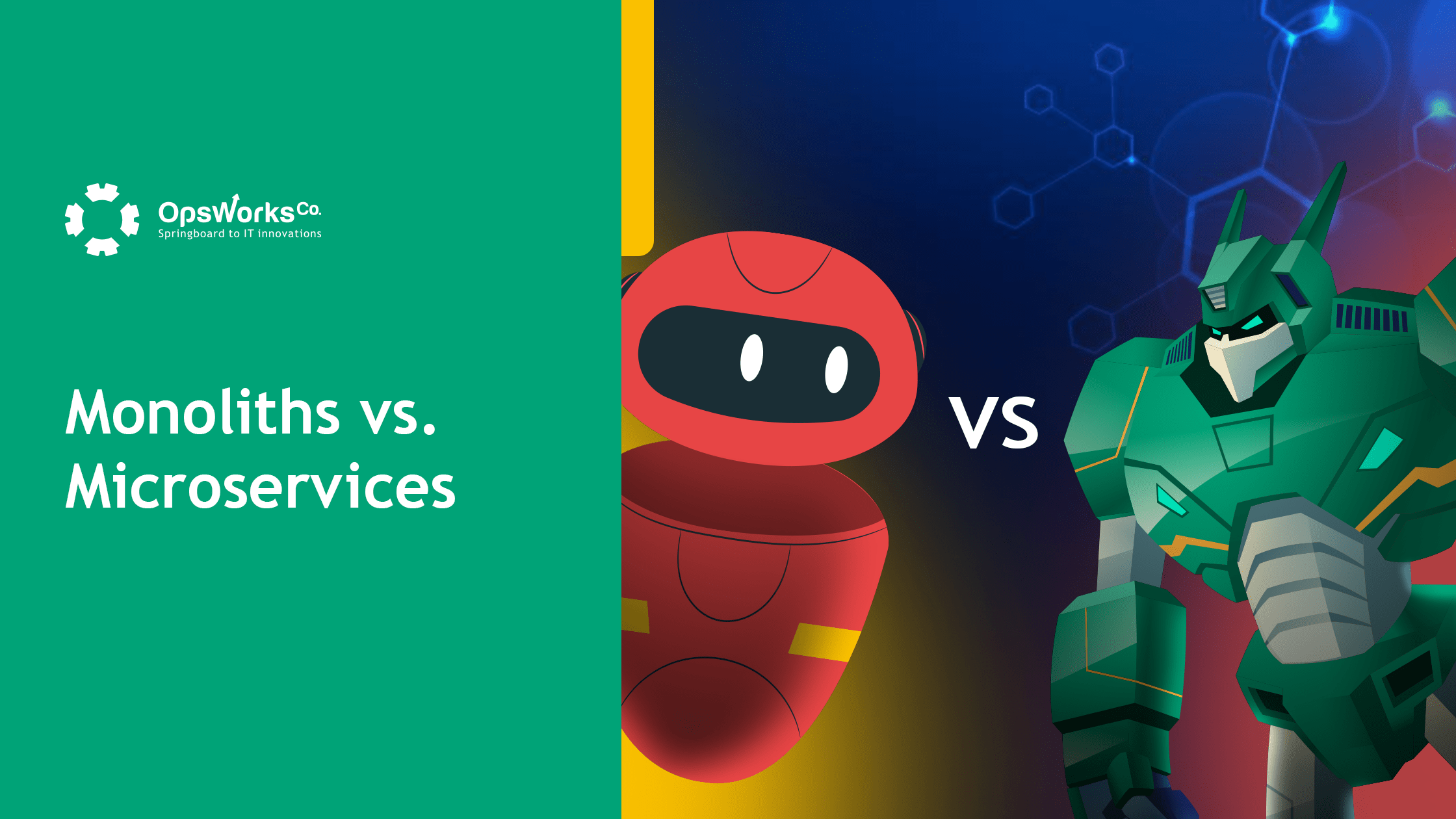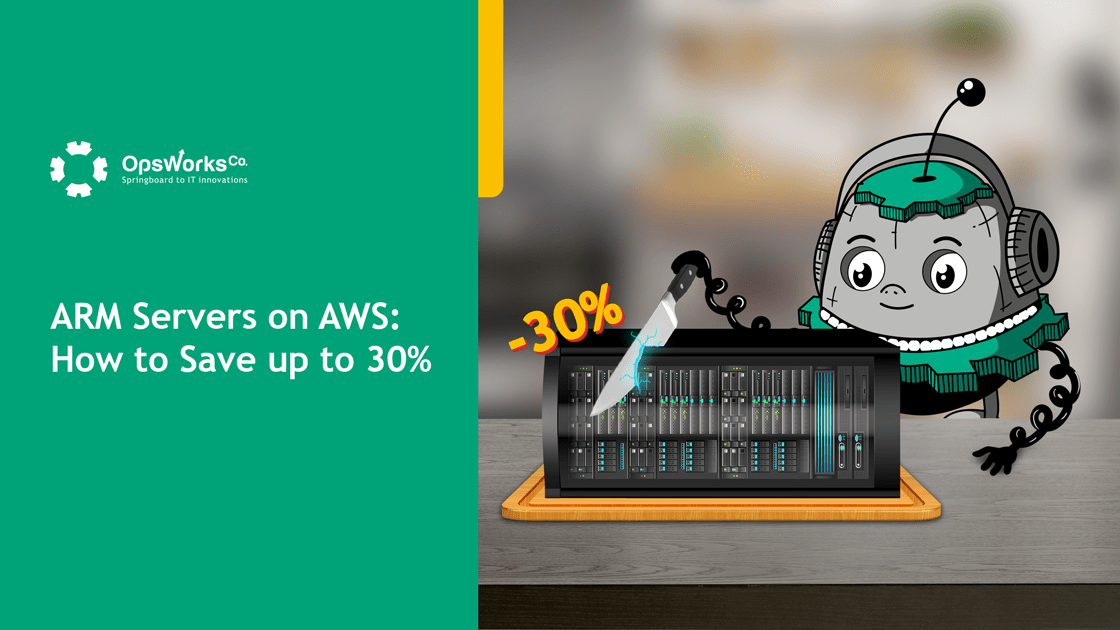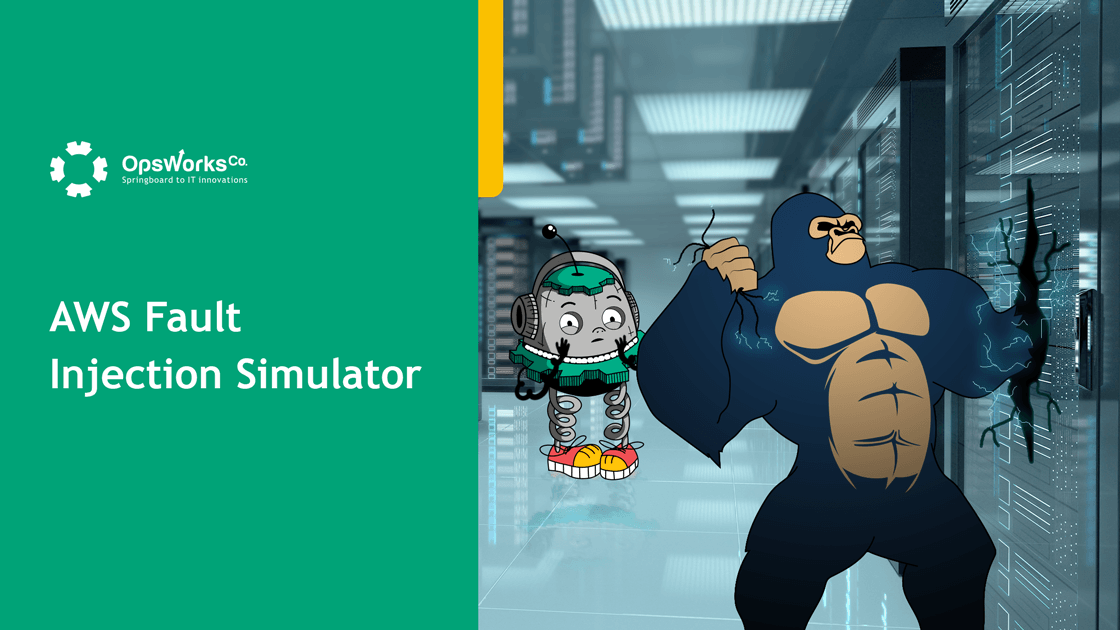
Less than two decades ago, the opinion on the application structure style changed completely. Since then, such giants as Netflix, Amazon, Google, and many others have started building microservices as a new architecture style, leaving the monolithic one behind.
Imagining two mediocre companies that used different types of applications, monolithic and microservices respectively, it is crucial to understand their goals regarding applications. While the first company had a stable amount of transaction payments every month, another one noticed an increase in that number and decided to switch to the microservices model. Why?
To understand the intention of its change and why a monolithic architecture is wrongly believed to be out of date these days, let’s first find out their meanings.
What does the word monolithic mean, and where it derived from? ‘Monolithic’ has the Ancient Greek prefix ‘mono’ that stands for ‘one’ or ‘alone’. The definition of a monolithic architecture is a single-unit application that combines a client-side application, a server-side application, and a database.
For instance, you have a blogging application that has features like authentication, blog posts, a database, a permission structure, a workflow approval system, and others, and each of them is in the same server. Consequently, they all communicate with the same database and use the same file system. Therefore, this type of application may include many services that are part of the same application where they all are dependent on each other.
On the opposite, a microservices architecture divides an application into independent services. In fact, a microservices architecture has evolved out of the service-oriented architecture (SOA) that was created to avoid dependency between the services.

It is an architecture where every feature has its own service. So, when one modular service is responsible for authentication, another — for a database, the other — for blog posts, and so on. The number of such modular services is unlimited, and they all work independently. Finally, they all have APIs that connect them. Therefore, each microservice may have its own database. What’s the benefit? Scalability and resilience. However, it may not be the best solution for your business application. Let’s find out why.
As it was above-mentioned, monoliths were taken over by microservices in terms of use by large corporations. However, it does not indicate that monolithic architecture has only drawbacks. Let’s have a closer look at their fundamental features of microservices and monoliths.
Monoliths. Pros and Cons.
The pros of Monoliths:
- Monoliths are easy to develop. As a monolith has less complexity, you can develop it much faster. Besides, you can create an application with basic features and then build it up with time.
- Monoliths are easy to control. The reason for that is a smaller number of cross-cutting concerns, such as logging or error detection. As all of these cross-cutting concerns are managed in one place, they require less experience to handle.
- Monoliths are easy to test. A monolithic application is fast to run and test all over again because it consists only of a single body.
The cons of Monoliths:
- Monoliths are difficult to understand. It happens when your aim is to scale your application and add more functions, but later you will find it difficult to follow and manage.
- Monoliths are difficult to combine with new technology. As a monolithic architecture is a single unit, you will need to rewrite the whole application to be able to introduce new technology.
- Monoliths are difficult to change. The more complex system you are building, the more chances are that your app will take down when you start making changes. Moreover, the development process may take some time.
Maintaining a monolithic application can be quite challenging, especially if it is not well-developed. Even a small change in a monolithic system is likely to lead to a number of issues related to a codebase because such applications are known to have tightly coupling processes. That is similar to the domino effect: only one change – and the entire application doesn’t work.
Microservices. Pros and Cons.
At first sight, you may think that a microservices architecture is full of benefits, and it is the right choice for you. Nevertheless, it is not that simple.
The pros of Microservices are as follows:
- Microservices are easy to scale. With a microservices style, you can scale each individual part instead of rebuilding the whole app. If you happen to build a microservice in the right way, you can avoid the coupling issue, implying that a change in one of the servers will not stop the work of your application.
- Microservices are easy to advance. If you want to introduce a new microservice or make changes in an existing one, you will be able to simply isolate a component from others and improve it till you are satisfied with your work.
- Microservices are easy to integrate with new technology. A microservices application consists of components that are completely independent of each other. In this way, you, as a developer, get more flexibility in terms of choosing different technology and frameworks for each application service.
Regarding the disadvantages of Microservices, they are:
- Microservices are difficult to handle on your own. You will need a team of developers to be sure that everything functions in the right way. In case you actually do have a team, you can separate them and let them work on an individual component, which makes the process cost- and time-efficient. It should be mentioned that using microservices makes more sense when you have at least 10 developers at your disposal.
- Microservices are difficult to connect. A microservices architecture involves a higher level of complexity because of a number of independent services. Setting everything up and handling cross-cutting concerns requires much more time and attention.
- Microservices are expensive to afford. The microservices platforms may be costly for a startup or small business. The aim is to make all the services within an application communicate smoothly, and that is not a simple task for a junior team.
Maintaining a monolithic application can be quite challenging, especially if it is not well-developed. Even a small change in a monolithic system is likely to lead to a number of issues related to a codebase because such applications are known to have tightly coupling processes. That is similar to the domino effect: only one change – and the entire application doesn’t work.

To have a better understanding of the difference between microservices and monolithic architectures, we will compare them in the aspects of complexity, reliability, latency, and scalability.
Complexity
We already mentioned that a monolithic architecture is known for its low complexity. As for microservices, the more complex application you aim to develop, the more source codes, frameworks, and technologies you will involve in the process. The services can be located on various servers and communicate with each other via APIs.
This type of architecture implies the usage of development methodology that is completely different and does require an advanced level of coordination, skillset, and understanding of the overall architecture.
Reliability
A monolith is a single unit where all the calls and processes take place in one server. That implies if a network failure happens, it will take down the entire application. On the contrary, microservices have 99.9% of reliability for network calls. Error isolation, being among microservices features, allows you to maintain an application when any of the services fails.
Latency
Latency refers to a time break between the stimulation of a certain physical change in the system and the response to it. That mostly refers to microservices. When a microservice sends or receives data from another service, bytes are sent over a network. They turn into electrical signals and then back to bytes.
On the contrary, monoliths have no network latency as all the services are located in the same workflow. Hence, microservices are slower than monoliths in this aspect.
Scalability
Scalability does not only refer to microservices. In fact, you can also scale a monolith. However, the nuance is that you will be able to scale a monolithic application only in one dimension and by running its multiple copies. You will fail to scale it up with an increasing data volume. Thus, scaling a microservices application demands fewer resources, and this is an absolute microservices advantage.
When we are talking about the benefits of monoliths, they are easy to understand and quick to develop. Still, the main drawback of a monolithic architecture is its inability to scale, but maybe your first application will aim at completing only one function.
You will choose a monolithic architecture for your business in a few situations.
- When you just start a new business, you may find it difficult to handle the high complexity of a microservices model. That is why a monolith is an optimal option for your team.
- When your team does not specialize in microservices, it is a bad idea to start with those. You will lose much time, money, and effort, not knowing what final result you will get.
- When you want to introduce an application as soon as possible, a monolith is what you need. You will be able to develop an initial variant of your product quickly and upgrade it later on.
- When your goal is a simple and small application that you will not need to integrate with other technology, you will be quite satisfied with a monolithic architecture.
The reason why so many businesses start switching from monoliths to microservices is that indeed a microservices architecture is able to solve problems that arise with monoliths. For instance, developers are not obliged to use the same technology for each service because microservices easily integrate with different technology.
A monolithic architecture limits you and your team in size and scope. This issue does not appear with microservices, thanks to their scalability. As all the services are horizontally and vertically scalable, it is not a challenge to improve your application with time.
In regard to the microservices, they are mostly chosen not only by settled companies like Google and Netflix. You also can decide to create a microservices application:
- If your business has skilled and knowledgeable DevOps and developers, who possess architecture expertise. Microservices divide the system into numerous independent functionalities, and making them work smoothly is not an easy task.
- If your business is in need of a complex application that you will scale. Scalability is one of the best microservices advantages. You will be able to advance your application, add new functions to it.
- If your business has a large team. A microservices architecture allows you to build and maintain different workflows at once. Accordingly, your team members will not be interrupted and distracted by the changes that others make. Furthermore, in case one microservice fails, it will not take down the entire application.
- If you plan to integrate an app with new technologies. Working with a microservices design allows you to use different programming languages like Java, Golang, and Python at the same time.
As it was mentioned before, you will not only need enough knowledge but be ready for different sorts of expenses if you want to build a complex application. On the other side, a monolithic architecture is perfect for lightweight developments.

There are various opinions on what type of architecture to choose. Some claim that you should create your first applications with monoliths and then gradually switch to microservices. On the other hand, you will hear that there is no reason to start with monoliths if your final goal is a microservices application.
Hence, when it comes to the final decision of which type of architecture to use, you should consider:
- Type of application you want to build
- Deadline
- Budget
- Experience with applications
Even though it is believed that a microservices architecture is the future of every application, monoliths are the basics. Therefore, only you are the one to decide which type will suit your business better. If you want assistance in monolith to microservices migration or consultancy on the matter, be sure to select experts that specialize in newest technologies and apply their knowledge to make sure your experience is smooth.





